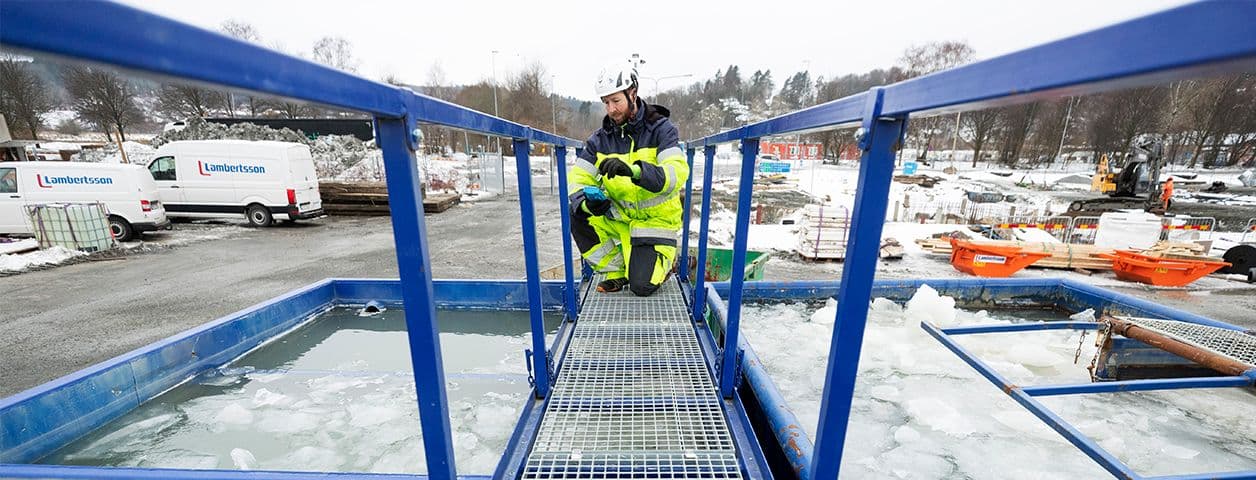
Treating process water – a preliminary study
The task aimed to propose a treatment for the process water from the client's shale processing operations. The water contains significant amounts of fines from the cutting and milling of shale.
The assignment included conducting bench tests with chitosan. Within 3 hours, more than 95% reduction in the incoming water's turbidity (>2000 NTU) was achieved. Subsequent laboratory analyses showed a reduction in suspended solids from 6700 mg/l to <1 mg/l.
What are the challenges?
Treating process water from shale mines, especially water with extremely high turbidity, poses several challenges and environmental risks. Shale mining involves extracting oil or natural gas from shale formations through hydraulic fracturing or "fracking." Process water, also known as "flowback," is a byproduct containing various contaminants, and how it is treated is crucial to prevent environmental damage. Some of the difficulties and risks associated with treating process water from shale mines are:
High turbidity
Difficulty: Process water from shale mining is often characterized by high turbidity due to suspended particles, including fine rock particles, chemicals, and other contaminants.
Risk: High turbidity reduces light penetration in water bodies, affects aquatic plants' ability to photosynthesize, and disrupts the aquatic ecosystem. It also harms fish and other aquatic organisms by reducing visibility and altering habitat conditions.
Chemical contaminants
Difficulty: Process water from shale mining contains various chemical contaminants, including heavy metals, salts, and potentially harmful additives used in the fracturing process.
Risk: Untreated or improperly treated water can lead to contamination of surface water and groundwater, posing risks to human health, aquatic life, and ecosystems.
Large volumes of water
Difficulty: Shale mining generates large volumes of process water that require the treatment technology to handle substantial water volumes.
Risk: Inadequate treatment or spills can overwhelm treatment facilities, leading to the release of untreated or partially treated water.
Challenging treatment
Difficulty: Conventional water treatment methods are not always sufficient to address the specific characteristics of process water from shale mines, such as high salinity, complex chemical composition, and extreme turbidity.
Risk: Ineffective water treatment can lead to the release of contaminants and potentially cause harm to ecosystems and drinking water supplies.
Waste management
Managing the sludge generated by the treatment technology that needs to be transported to a special waste management facility can be challenging.
Risk: Inadequate waste management methods may result in the release of harmful substances into the environment, causing damage to the environment.
To address these challenges, it is absolutely necessary to choose robust and effective water treatment technologies that can efficiently handle large volumes of process water. Additionally, strict regulations and close monitoring are crucial to ensuring that potential risks are minimized, environmental standards are met, and the entire water treatment process is conducted responsibly.
More projects
Need more information?
If you're seeking more insights about our projects implementations or want tailored guidance for your unique requirements, get in touch with our water treatment specialists.


